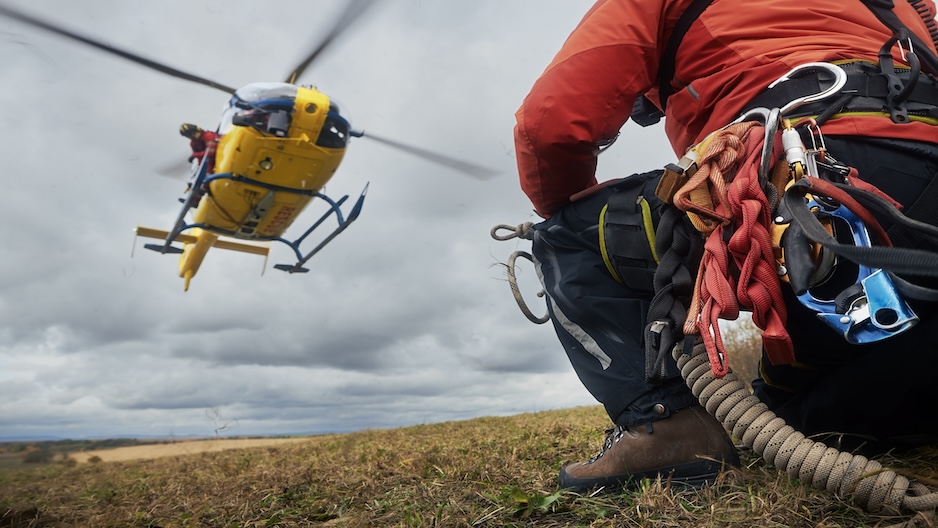When disaster strikes, the clock starts ticking. Responders rush to the scene, ready to help, but before they can even begin, they’re faced with a complex maze of laws and regulations. From municipal rules to federal mandates, disaster responders must navigate a dizzying array of legal requirements that can slow them down or even stop them in their tracks. The stress of legal confusion can pull them away from what they do best—saving lives.
But what if there were a way to cut through this legal red tape? Enter the Emergency Law Inventory (ELI), a groundbreaking tool transforming how disaster response teams navigate the law. Developed by a dedicated team led by Elizabeth Van Nostrand, an associate professor with a unique background in both law and emergency preparedness, ELI makes it easier for responders to understand and comply with the laws that affect their work.
“Before we created ELI, responders often felt overwhelmed by the sheer volume and complexity of the laws they needed to know,” Van Nostrand recalls. She describes herself as a “late academic,” having first cut her teeth as a litigation attorney before diving into the world of emergency preparedness. “We realized that unfamiliarity with these laws was a major barrier.”
ELI was originally developed at the University of Pittsburgh by a small team, including two JD/MPH students and an evaluator, with support from Medical Reserve Corps units in western Pennsylvania, New York City, and rural Ohio. Today, it compiles over 1,800 laws from all 50 states, Washington D.C., eight U.S. territories, and the federal government. These laws cover five key areas: licensure, workers' benefits, liability, scope of practice, and protections from threats. This valuable resource is essential not only for physicians and emergency medical personnel but also for social workers, firefighters, and private property owners who may be on the front lines during a disaster.
The updated platform now offers more user-friendly features, such as keyword searches and exportable lists of laws, along with supplemental resources to help responders navigate regulations specific to different organizations and emergency declarations.
Temple University’s involvement has brought new resources and collaborators to the project. The team now includes a research project manager, volunteer attorneys, and law students from Temple, the University of Pittsburgh, and Villanova. Additionally, Temple’s Center for Public Health Law Research has played a key role in refining and expanding the inventory, ensuring that all existing laws are reviewed and updated when necessary.
“The response to both iterations of ELI has been incredible,” Van Nostrand says. “Even after we stopped actively promoting it, new users kept coming in—about 400+ every month. Knowing that ELI is making a real difference for the people who are out there helping others is deeply rewarding.” The project even won the National Partner Award from the National Medical Reserve Corps, a testament to its impact.
Now, with the latest updates nearly complete, the team is looking to the future. Van Nostrand sees endless possibilities for applying their innovative methodology to other areas of law, such as healthcare privacy, labor laws, or telehealth regulations. “There’s so much potential,” she says. “We’ve only just scratched the surface.”
Thanks to this groundbreaking platform and the support of Temple University, responders can spend less time buried in legal paperwork and more time doing what they do best—helping those in need when it matters most.

